To reduce dented cans, it is important to consider several aspects of the can manufacturing and handling process:
- Optimization of the Seaming Process: It has been identified that the problem of wrinkling during can seaming has been a limiting factor in the reduction of can size. Optimizing the sealing process can reduce the potential for dents.
- Machinery Calibration: Ensure that the can seaming machinery is properly calibrated and that the seaming tooling is not worn to avoid external deburring of the double seam and loss of varnish, which can weaken the can and make it more susceptible to dents.
- Proper Handling: Avoid bulk or jumble arrangement of cans in autoclave cars, as this can cause the lids or bottoms of the containers to mark each other and lose varnish, which can lead to dents.
- Autoclave Design: Use well-designed cooker & cooler rotary autoclaves to prevent cans from dragging and chipping, which can result in dents.
- Quality Control: Perform regular inspections of cans to assess their condition prior to canning and after some time in the warehouse to detect possible damage or weaknesses that could lead to dents.
- Protection during transport: Ensure adequate packaging and transport to avoid knocks and scratches on the can bottoms and bodies.
- Adequate lubrication: During the forming of the neck of the cans, apply a kerosene film on the top to avoid wrinkling during the forming process.
By following these practices, the incidence of dented cans during production and handling can be minimized.

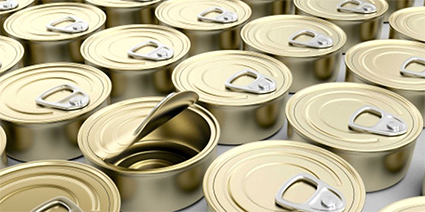
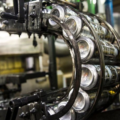

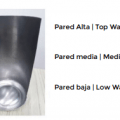
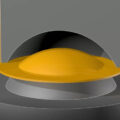



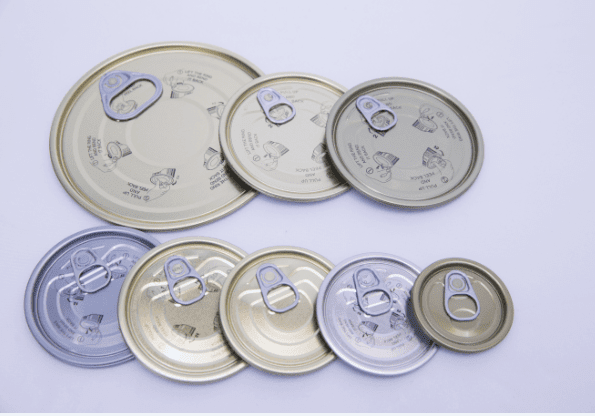




0 Comments